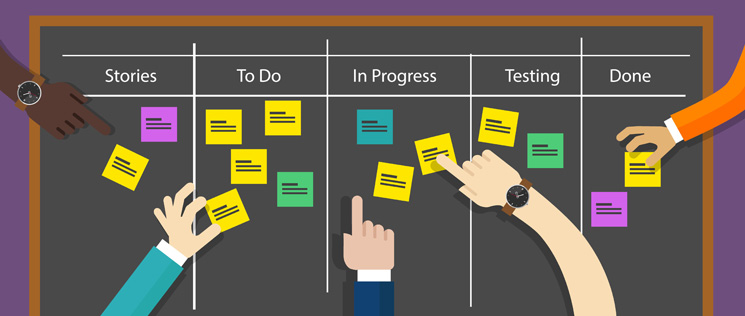Understanding and embodying the genuine essence of agility within an organization is a complex endeavour that surpasses mere adherence to methodologies. The question of whether a company authentically embodies Agile principles, if their approach genuinely reflects agility, or if individuals within the organization truly resonate with the Agile philosophy often leads to diverse perspectives. Agile isn’t simply a set methodology; it’s a comprehensive ideology. However, the misinterpretation and incomplete adoption of Agile principles often obscure its true nature, creating a challenging situation for many companies and individuals striving to embrace it fully.
In today’s landscape, numerous companies attempt to adopt Agile by implementing frameworks like Scrum without fully internalizing the foundational principles of agility. Genuine agility involves a continuous process of inspecting and evolving fundamental elements, regardless of the specific Agile variant being employed. The iterative process of addressing, inspecting, and evolving remains integral to maintaining authentic agility. Retrospection serves as a critical tool for identifying the origins and necessity of change, enabling proactive anticipation of change and facilitating the determination of the most effective path forward. Evolution in the agile context means integrating retrospection results faithfully into the organizational framework.
Agile, as a concept, lacks a universally rigid definition. Instead, companies strive to interpret and apply Agile principles according to their understanding and organizational needs. Our journey with Agile commenced in 2009, with a primary focus on fostering agile thinking, development practices, and, most crucially, an agile delivery culture within individuals. Embracing the Scrum framework, we have successfully delivered numerous products while continually evolving and innovating with new variations of agile principles:
The Core Principles and Practices of Authentic Agile Transformation
- Transformation of Requirements: Diligently converting requirements into user stories and Epics aids stakeholders in visualizing roadmaps and critical flow structures more effectively.
- Stability through Iterations: Each iteration of an application or product aims for stability, ensuring it is ready for deployment, contingent on meticulous user story selection and segregation.
- Collaborative Small Teams: Smaller teams enhance collaboration, with well-defined responsibilities and empirical measures fostering a heightened sense of accountability among team members.
- Clear Definition of Done: Establishing distinct definitions for each user story’s “Done” criteria distinguishes it from mere acceptance criteria, ensuring comprehensive completion.
- Optimized Iteration Cycles: Customizing iteration cycles based on the average size of user stories rather than arbitrary numbers ensures more efficient progress.
- Insights from Demos: Allowing team members to present user stories during demos provides invaluable insights during introspection and enhances collective learning.
- Collective Planning and Estimation: Teams collaboratively plan and estimate user stories, employing hour-based estimations for enhanced accuracy.
- Holistic Client Experience: Certifications and evaluations focus on the overall client experience rather than merely assessing specific features.
- User-Centric Perspective: Encouraging teams to adopt the mindset of users or customers of the application enhances feedback quality and leads to more valuable recommendations.
Through our experience, we’ve learned that while exemplary use cases and high-quality code are crucial, optimizing processes is equally vital for the success of the end product. Diligently applying Agile methodologies to processes can result in significant improvements. However, true Agile transformation occurs when teams and individuals embrace uncertainty as an opportunity for growth, rather than perceiving it as a limitation.
Explore the depths of agile transformation with us! Connect with Forgeahead Solutions to embark on a comprehensive journey towards authentic agile adoption and optimized testing practices, ensuring genuine organizational agility in today’s dynamic market.
In essence, agile adoption transcends procedural methodologies. Genuine Agile transformation involves a cultural shift, where teams and individuals embrace uncertainty as an avenue for growth, ultimately leading to an organization’s authentic agility. Together, let’s embark on this transformative expedition, where authentic agility becomes a cornerstone of your organization’s success in an ever-evolving business landscape.



